Skip to main contentThe Arcium Network’s pricing and incentive structure is designed to ensure fair compensation for Arx Nodes while enabling Computation Customers to optimize for cost, speed, and priority.
By blending fixed base pricing with dynamic priority fee markets, the system ensures both predictable costs and flexibility for urgent computations.
The Priority Fee and Base Fee are divided by the amount of CUs used, meaning that combining computations would not affect the cost.
Base Pricing
Arcium uses base pricing, which guarantees a minimum level of economic viability for computational tasks, even during periods of low demand.
The base price is set at a minimally economically viable level to cover the operational costs of Node Operators, accounting for hardware maintenance, energy consumption, and infrastructure.
Computational Units
As a reminder, the execution cost of a Computation is measured in Computation Units (CUs), a standardized metric representing a fixed amount of computational work.
The cost per CU is determined for each epoch through a voting process. Node Operators cast stake-weighted votes to decide the price of a CU in the upcoming epoch. Abstaining from voting counts as a vote for maintaining the current price.
To avoid manipulation, only the self-delegated stake of Node Operators can participate in the voting process.
Additionally:
- Excess Delegated Stake: If a Node Operator’s self-delegated stake exceeds the amount required to activate all of its hardware, only the eligible portion below this threshold is considered.
- Third-Party Delegators: Delegators cannot vote, as their incentives might differ from those of Node Operators. For instance, delegators may prioritize short-term gains, whereas Node Operators have a direct, vested interested with respect to infrastructure costs and long-term network health.
Nodes are incentivized to vote when they feel adjustments to the base price are necessary for maintaining economic viability. Abstaining from voting is considered normal in stable market conditions where the current base price is already effective.
Operating the physical infrastructure also inherently locks Node Operators into long-term engagement, as they bear the ongoing costs of maintaining hardware, energy consumption, and related resources. The lock-up periods for stake function as a secondary mechanism and together, these measures uphold the reliability and sustainability of the network until base pricing adjusts in the next epoch.
Base pricing establishes a floor for compensation, but customers can still pay additional priority fees to expedite computations (explained below). This dual-layered pricing ensures both guaranteed operation and flexibility for customers with time-sensitive tasks.
Priority Fee Markets
While base pricing provides a baseline cost for computations, priority fees enable Computation Customers to expedite their tasks by participating in dynamic fee markets. These markets incentivize Nodes to prioritize higher-paying computations, ensuring that time-sensitive tasks can move to the front of the queue when network demand is high.
Priority fees operate within Cluster-specific markets or Cluster unions, which are groups of interconnected Clusters that share overlapping nodes. Each Cluster (or union of Clusters) creates a siloed fee market where computations only compete for resources with others that share the same nodes. This segmentation ensures efficiency and prevents unrelated tasks from interfering with resource allocation.
For urgent computations, customers can offer a sufficiently high priority fee to monopolize a Cluster’s resources temporarily. This allows them to bypass competing tasks within the Cluster or Cluster union, making it especially advantageous for large-scale or time-critical computations. By balancing supply and demand, priority fee markets create a flexible and efficient system for task execution, complementing the stability of base pricing.

Economic Incentives for Arx Nodes
Arx Nodes earn revenue from both base pricing and priority fees, ensuring sustainable operation while incentivizing high performance.
Base pricing revenue provides consistent income to cover operational costs, regardless of Network demand, ensuring long-term stability for Node Operators. Meanwhile, priority fee revenue rewards Clusters of Nodes for processing high-priority computations. This encourages efficient resource utilization and incentivizes nodes to stay competitive in the market.
While the lock-up periods for Node Operators promote long-term thinking and stability, slashing penalties for non-participation and misbehavior discourage short-term exploitation.
Cluster-Level Competition
Arcium’s pricing system balances customer flexibility and nodes’ economic viability by leveraging dynamic, market-driven mechanisms within shared Clusters.
Dynamic Clusters ensure that fee markets naturally emerge as computations compete for the shared resources of a Cluster. When demand is high, priority fees dynamically increase, directing limited computational resources toward the most urgent and valuable tasks. This adaptive system efficiently allocates resources, ensuring that the network can meet varying customer needs without overloading nodes.
Fairness across nodes is maintained by distributing priority fees equally to each participating node in a Cluster. This approach rewards nodes equally based on their workload and ensures equitable compensation, aligning node incentives with the efficient functioning of the network.
Through this combination of dynamic competition and equitable reward distribution, Arcium fosters a robust and flexible ecosystem capable of adapting to changing demands while maintaining fairness and reliability.
How Customers Optimize Costs
The total fee paid by a Computation Customer is the sum of the base fee and any chosen priority fee.
The priority fee and base fee are both divided by the number of CUs used. This ensures that pricing is adjusted for the size of the computation, allowing fair comparisons across different workloads. By normalizing costs on a per-unit basis, the network ensures that both the base price and priority fee can be evaluated independently of computation size. This means that whether a computation is large or small, the per-CU cost remains the key metric for determining execution pricing.
Computation Customers can optimize their costs by carefully managing execution parameters:
- Set Execution Windows: Avoid paying high fees during peak demand by scheduling computations for off-peak times.
- Adjust Priority Fees: Use priority fees strategically to balance cost and urgency. Lower fees are ideal for non-urgent computations, while higher fees ensure immediate execution.

